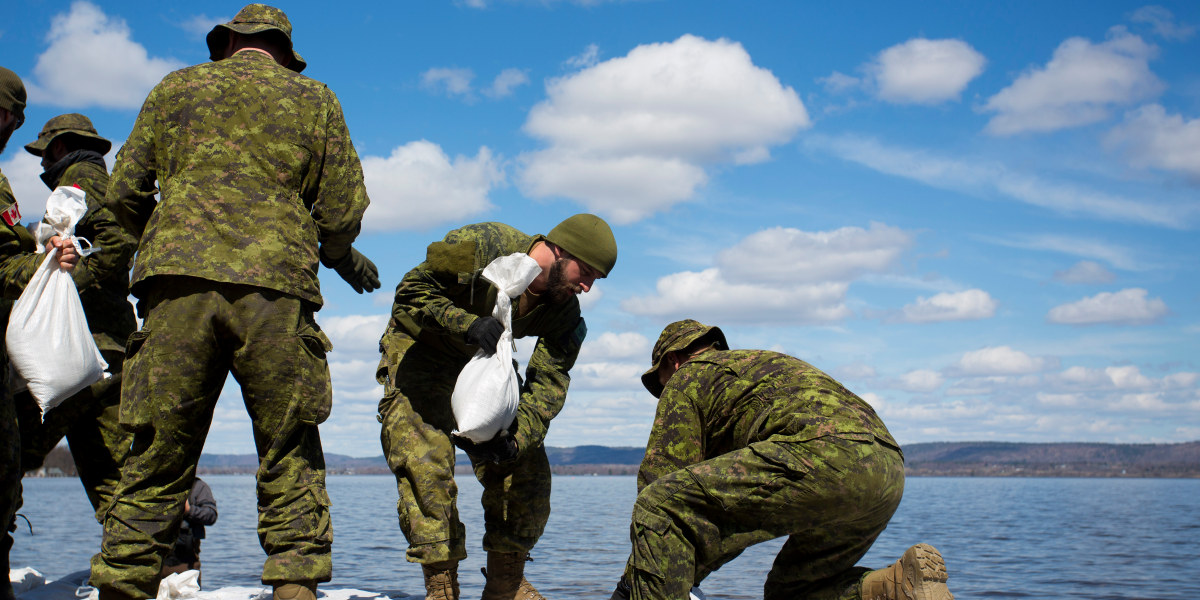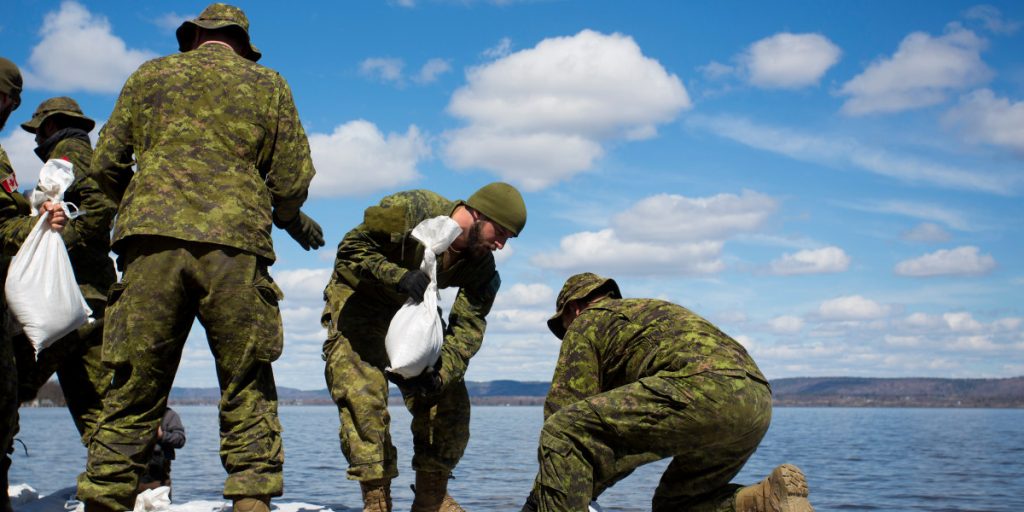- As providers of traditional and new energy resources and residents of a large country with complex energy and infrastructure needs, Canadians face unique pressure

- As providers of traditional and new energy resources and residents of a large country with complex energy and infrastructure needs, Canadians face unique pressure
- As providers of traditional and new energy resources and residents of a large country with complex energy and infrastructure needs, Canadians face unique pressure


